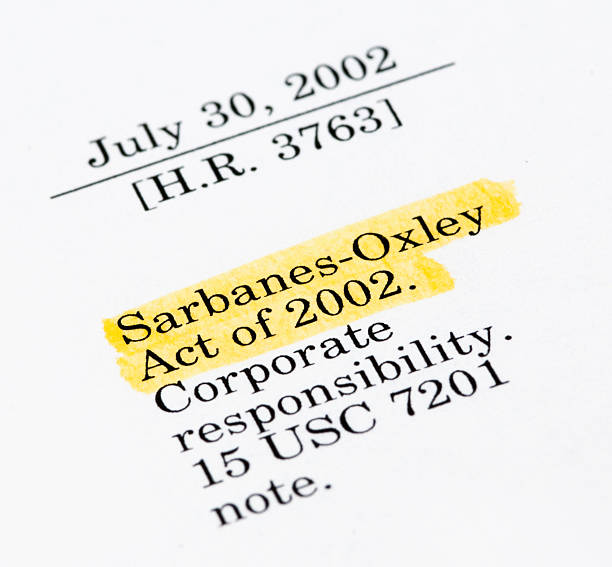Guidelines for Policy Drafting to Improve Regulatory Clarity
Clear regulatory language reduces uncertainty for agencies, businesses, and the public. Thoughtful policy drafting supports effective compliance, strengthens oversight, and makes decision-making more transparent by aligning obligations with implementation capacity and accessible records.

Clear regulatory language reduces ambiguity and supports consistent implementation across institutions and stakeholders. Well-drafted policy helps legal teams, procurement officials, auditors, community organizations, and frontline staff understand duties and limits. This introduction outlines practical drafting principles that emphasize transparency, measurable compliance, robust oversight, and ethical data use while ensuring public records and open data are accessible and usable.
How does transparency shape policy clarity?
Transparency requires that the purpose, scope, and application of rules are easily discoverable and understandable. Use plain-language summaries and structured definitions so readers can quickly identify obligations and exceptions. Publish draft texts, impact assessments, and explanatory materials as open data, and maintain searchable public records repositories. Documentation of legislative intent and evidence sources helps reduce disputes and supports civic engagement by enabling external review of regulatory choices and outcomes.
How can wording improve compliance and oversight?
Draft obligations in specific, measurable terms and avoid vague phrasing that shifts interpretation to enforcement agencies. Include defined timelines, responsible parties, and performance indicators. Design oversight mechanisms that match the level of risk: routine reporting for low-risk activities and targeted audits for higher-risk areas. Describe sanction frameworks and remediation steps proportionally, and ensure records access supports investigations while respecting privacy and data governance standards.
What drafting practices support procurement and audits?
Standardized procurement clauses, clear evaluation criteria, and explicit conflict-of-interest rules reduce ambiguity in contracting. Specify documentation and retention periods so procurement activities generate consistent audit trails. Require bidders to provide verifiable public records or machine-readable data where appropriate, and outline auditors’ rights to access contract-related information. Clear procurement language enhances accountability and makes it simpler for auditors to assess compliance with contractual and regulatory obligations.
How should open data and public records be integrated?
Policies that mandate publication should specify formats, metadata standards, and access mechanisms to prevent inconsistent releases. Require machine-readable formats and APIs for datasets critical to transparency, and set minimum update cadences. Clarify exemptions, redaction rules, and appeals procedures to balance openness with privacy and security. Defining records access timelines and channels reduces administrative delays and supports external analysis of regulatory performance.
How can civic engagement and records access be improved?
Embed consultation steps into the drafting timeline with clear schedules, accessible briefing materials, and multiple channels for input. Use plain-language summaries tailored to different stakeholder groups to explain practical impacts. Require agencies to publish summaries showing how input influenced the final policy. Define records access procedures and appeal rights so community groups and journalists can monitor compliance without procedural confusion, strengthening civic engagement and public scrutiny.
How to address data governance, ethics, and legislation together?
Integrate data governance provisions by assigning stewardship roles, retention limits, and access controls, and require audit logs for data sharing. Embed ethical safeguards for automated decision-making, including bias mitigation and explanation requirements. Cross-reference relevant statutes to prevent conflicts and ensure consistent interpretation across the regulatory framework. Where external vendors process data, require contractual obligations that support audits and align with public records policies.
Effective drafting is iterative and evidence-based. Use multidisciplinary review teams that include legal drafters, subject-matter experts, procurement staff, auditors, and civic representatives to test language for clarity and feasibility. Pilot provisions when feasible, collect implementation data, and refine rules based on audit findings and stakeholder feedback. Maintain a single authoritative online version of each policy with timestamped amendments and change logs to support oversight and historical accountability.
Conclusion Improving regulatory clarity requires deliberate choices in language, structure, and process. Emphasizing transparency, measurable compliance mechanisms, and accessible public records supports effective oversight and public trust. Clear definitions for procurement, open data, records access, and data governance, combined with ethical safeguards and structured civic engagement, make regulations more implementable and easier to evaluate.





